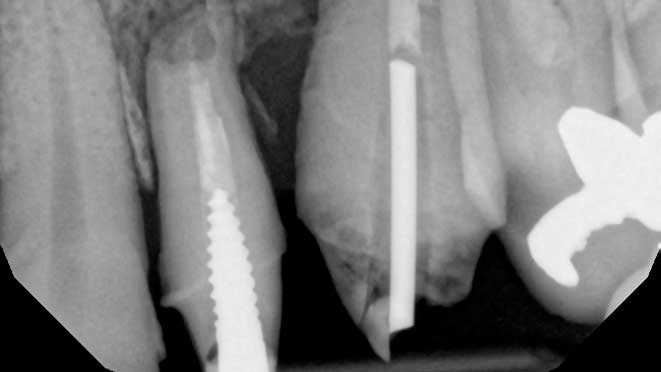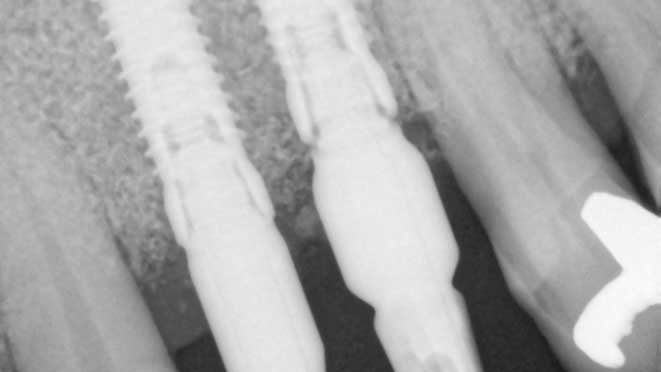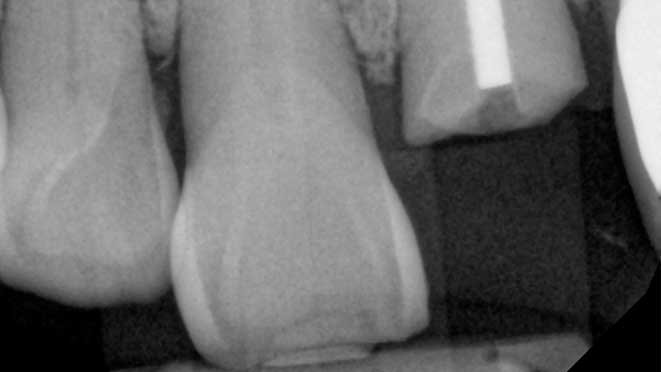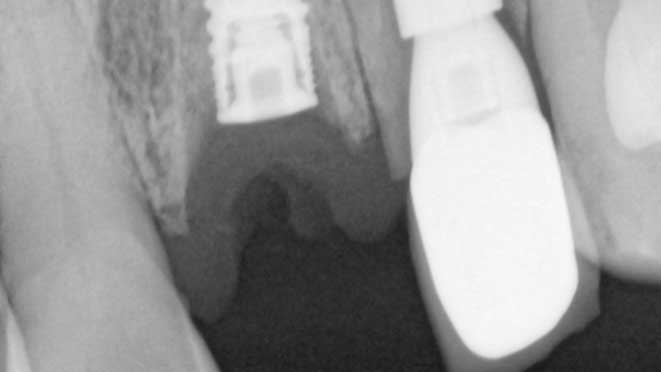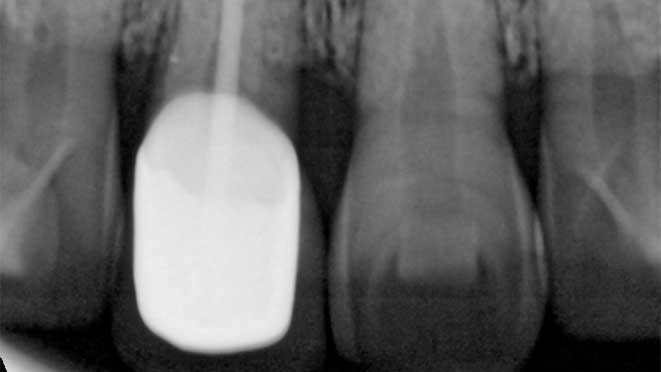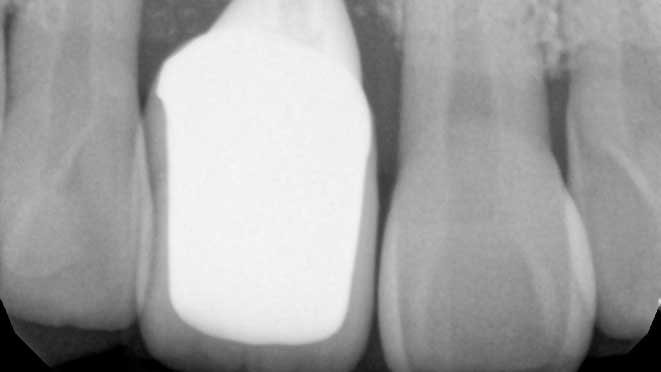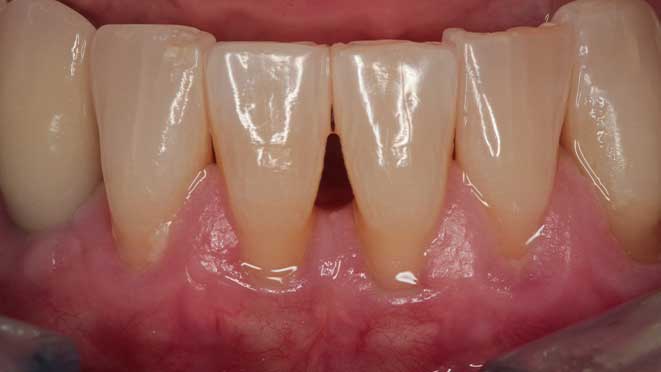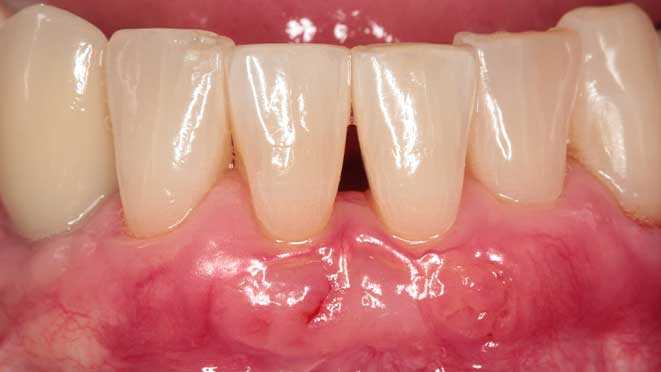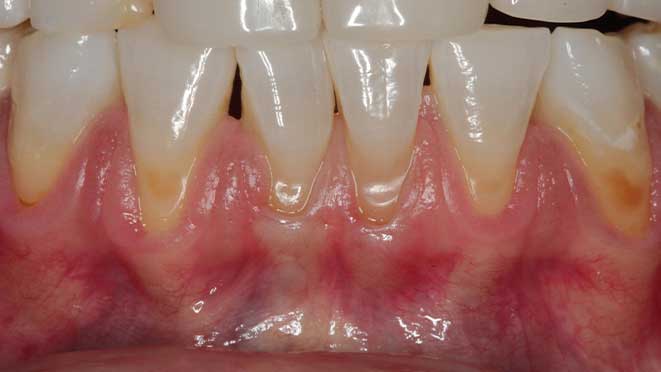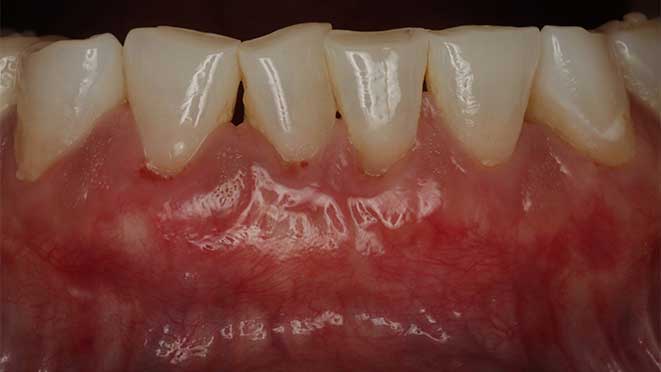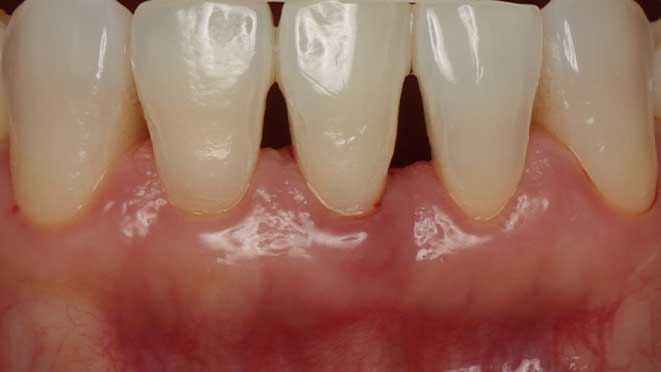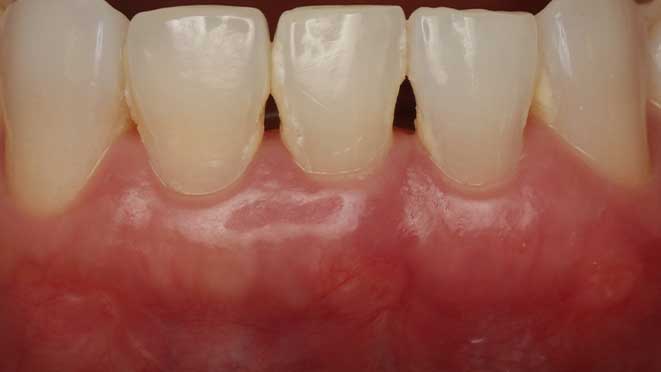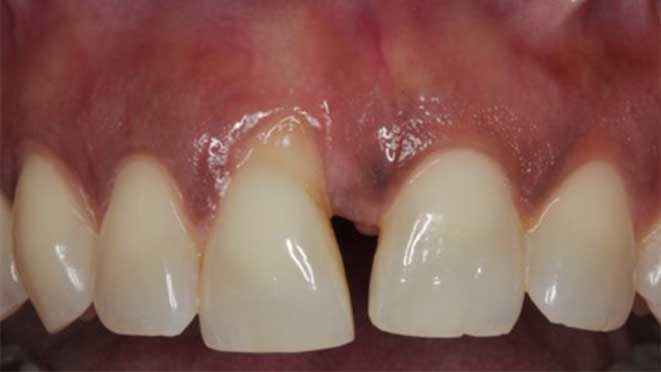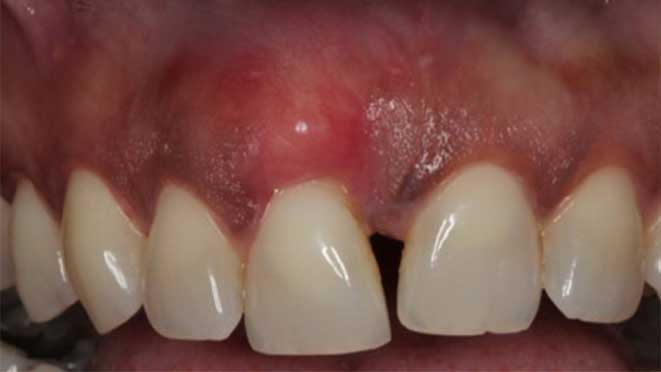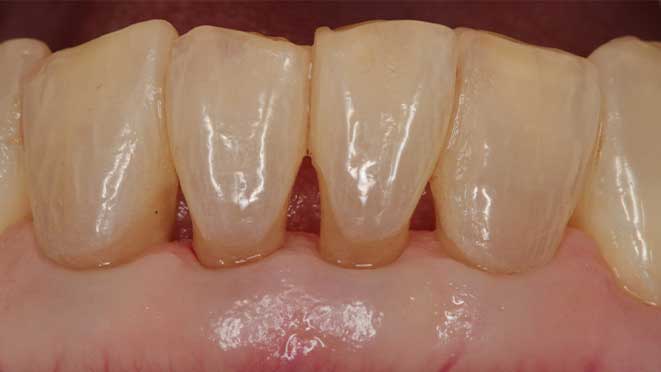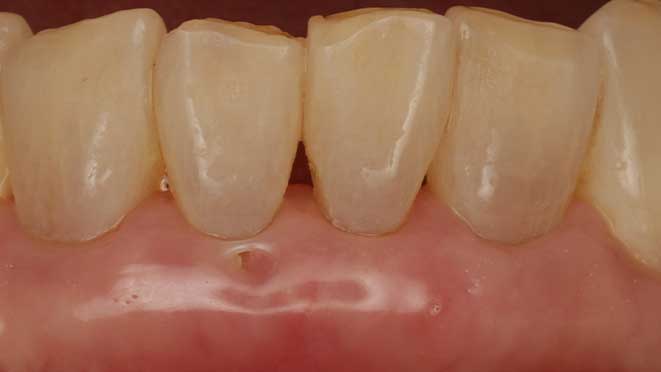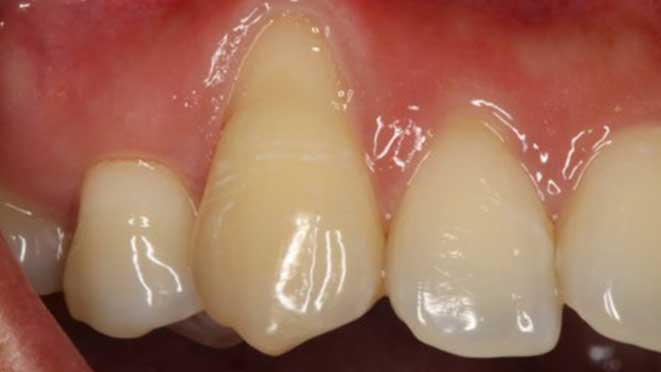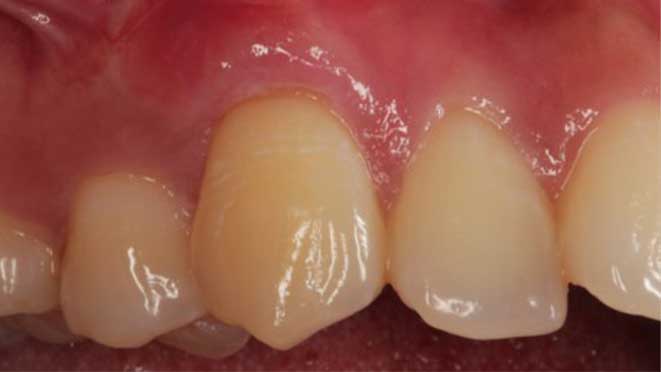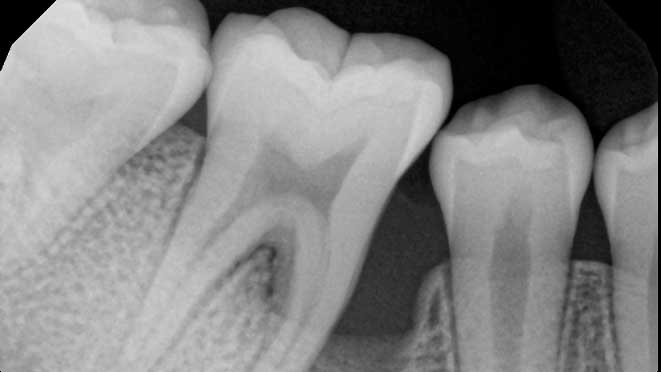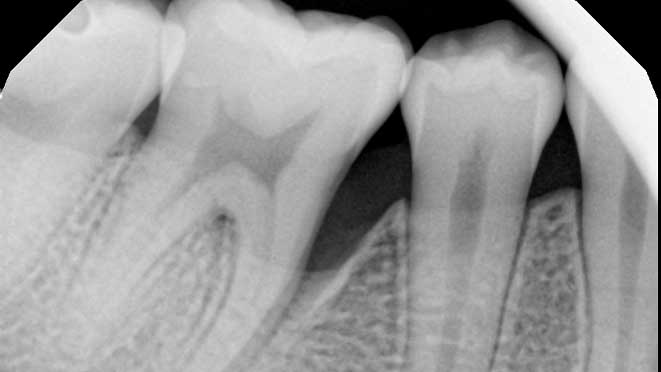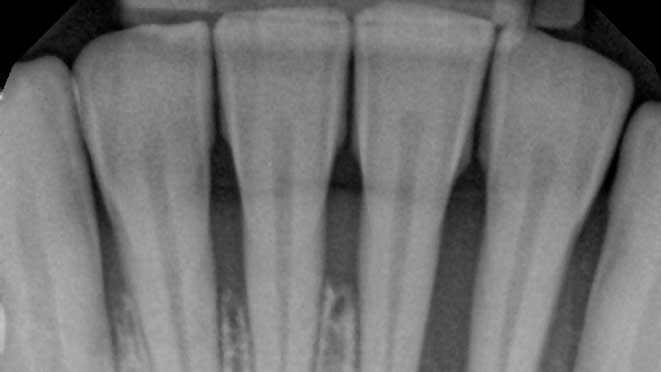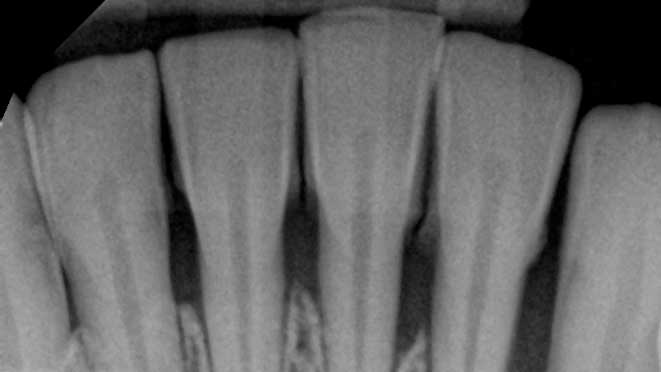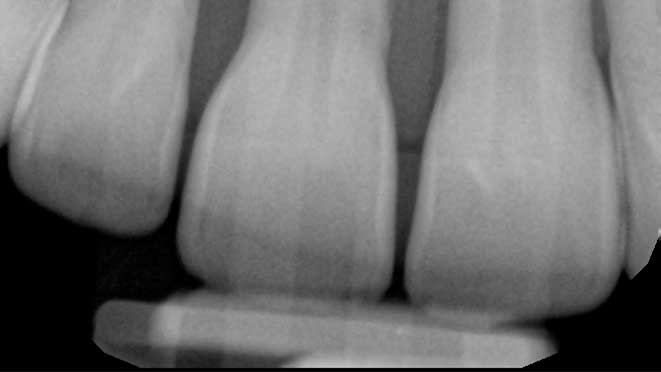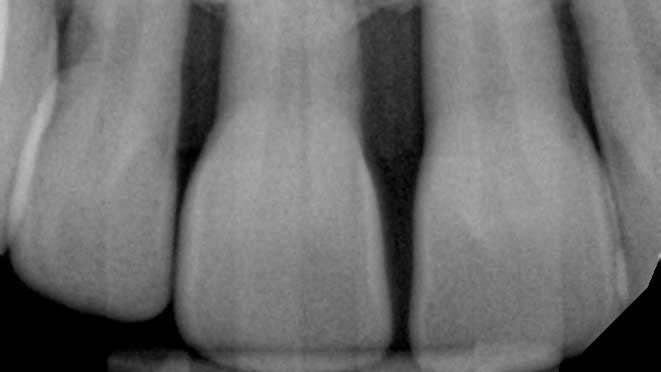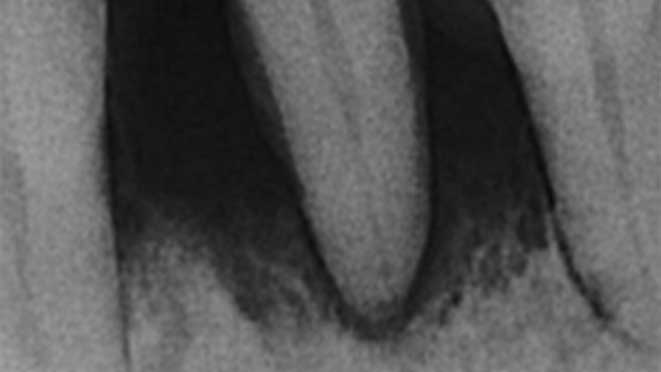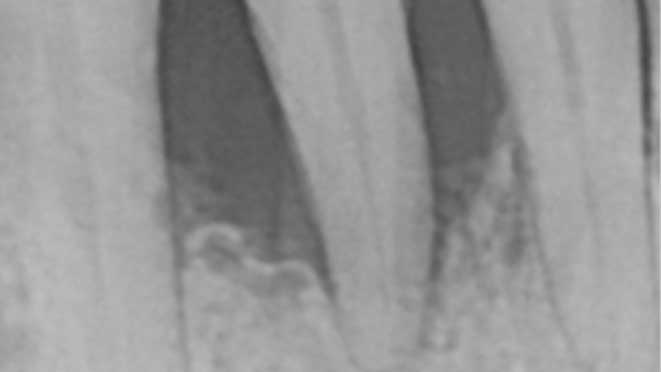Understanding the need for a sinus lift
A sinus lift is a surgical procedure to increase bone density in the upper jaw near the sinus cavity. When a tooth is lost, the bone that supported it may begin to deteriorate. The natural process of bone loss may also occur due to aging. When there isn't enough bone density, dental implants may fail, or they may not be possible at all. The sinus cavity is located in the upper jaw, and a sinus lift may be required to push the sinus floor up to create more bone in the upper jaw. X-rays and other imaging techniques are used to diagnose bone loss and evaluate the need for a sinus lift.
Preparing for a sinus lift surgery
Choosing the right bone graft material is critical for a successful outcome. A bone graft may be taken from the patient's own body, such as the hip, tibia, or jawbone, or it may come from a donor source. Obtaining informed consent is also essential before undergoing surgery. Patients should be aware of potential risks and complications, as well as what to expect post-surgery. Finally, preoperative instructions, such as fasting, should be followed to ensure a smooth and safe procedure.
Surgical procedure
A sinus lift is typically done under local anesthesia or IV sedation. After administering the anesthesia, the oral surgeon will make an incision in the gum tissue near the back teeth to expose the bone. Then, a small circular window is created in the bone to access the sinus cavity. The surgeon will carefully push the sinus membrane upward, and a bone graft material is placed in the space created by the lift. The incisions are then closed with sutures.
Postoperative care
After the procedure, patients may experience pain and swelling. Pain management will typically involve over-the-counter pain relievers or prescription pain medication. Patients may also be prescribed antibiotics and an antimicrobial rinse to help prevent infection. Recovery time varies from patient to patient, but most are advised to avoid strenuous activity and to rest for a few days. Follow-up appointments are necessary to monitor healing and ensure the implants can be placed correctly.
Considerations and risks
As with any surgery, there are potential complications with a sinus lift. Patients may experience bleeding, infection, sinus problems, or even a failed graft. There may also be limitations with the amount of bone that can be grafted, depending on the patient's jaw structure and health. Alternatives to a sinus lift may include a zygomatic implant, which involves anchoring the implant to the cheekbone or upper jaw.
Conclusion
In conclusion, if you are considering dental implants, it's essential to understand the role of a sinus lift in ensuring a successful and long-lasting result. A sinus lift can provide a solid foundation for the implant to attach to, ensuring it stays secure and reliable for years to come. It's vital to take care of your dental health and seek professional advice from an oral surgeon to ensure the best possible outcome.


